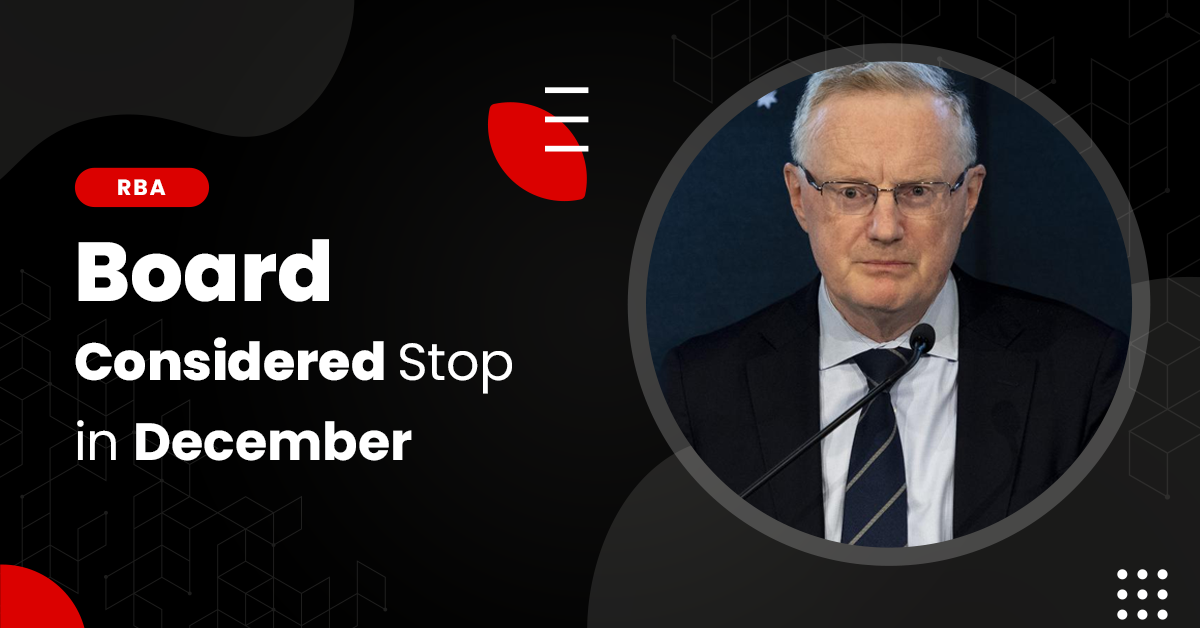RBA Board Considered Stop in December
The Reserve Bank Board considered three options in its deliberations at the December Board meeting. The options were: 50 basis point increase in the cash rate; 25 basis point increase; or no increase. This contrasts with recent meetings when only the 50 basis point and 25 basis point options were considered. Given consistent statement from the Bank about pausing it would come as no surprise that the Board did consider the pause. Indeed, it came as a bigger surprise that 50 basis points was still on the table.
The cause of pausing rested on the theme of placing further emphasis on the lagged effects of a large policy adjustment to date, and the value in proceeding cautiously in an uncertain environment. But this argument seemed to be quickly dismissed, noting that the Bank’s forecasts in the November SOMP were that, despite further increases in interest rates, “inflation was expected to take several years to return to the target range”.
As with the October and November meetings, the case for 25 basis points over 50 basis points relied on the lags associated with policy: “There had already been a significant cumulative increase in interest rates and the full effects of this adjustment would take time to occur”. The impact of the policy changes was also likely to be delayed more than normal sue to the predominance of fixed rate mortgages savings buffers; and the string reopening effect that may extend into the summer holidays.
The Board chose for the first time any recent final paragraph, to strongly emphasis the dangers of inflation further than we have seen in the Minutes of earlier meetings,” High inflation damages the economy and makes life more difficult for people” and of course the Board repeats the wording in an earlier statement that the board expects to increase interest rates further over the period coming ahead but it is not on a pre set path.
Westpac expects the economy to slow through 2023 with stagnation in the second half but does see some momentum extending into 2023. Next meeting in February it will have the December quarter Inflation Report but will also be observing data for the holiday period that may be holding up better than expected.
Based on the analysis in the Minutes, that will set the scene for hikes in both February and March while the May meeting will also be confronted with uncomfortably high inflation for the March quarter and a central bank that is observing tight labor markets and rising wages pressures.
A hike in May will be appropriate following other central banks, who will already be on hold, and the clear evidence of the economic damage builds – time to pause at the June meeting for the rest of the year.

.webp)



